Projects

Enhancing Biodiversity
In Cropping Systems through Pollinator-Friendly Integration
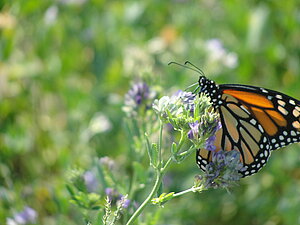
This project aims to elevate biodiversity within cropping systems by strategically incorporating forage legumes and other pollinator-attractive plants. Whether through innovative intercropping techniques or strategically placed strips along the field periphery, our goal is to create a harmonious and sustainable ecosystem.
Project Lead: Dr. Marisol Berti
Ecological Assessment of Pollinator Visitation
Through Trapping and eDNA Analysis for Optimal Planting Practices

The Ecological Assessment of Pollinator Visitation project delves into the intricate relationship between floral diversity and wild pollinators by employing trapping techniques and environmental DNA (eDNA) analysis. This research seeks to enhance our understanding of how different plant species contribute to and influence pollinator diversity, ultimately providing valuable insights into sustainable and ecologically beneficial planting practices for the upper Midwest.
Project Lead: Dr. Julia Bowsher
Physiological effects of nutrition on bee health
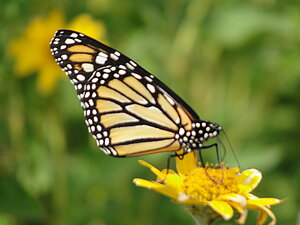
Pollinator plants improve the health and diversity of bee communities in many different landscapes. However, it is unclear how increased plant diversity impacts bee health, specifically pollinator nutrition, flight, and reproductive physiology. The alfalfa leafcutter bee (Megachile rotundata) is an intensively managed solitary bee used to pollinate alfalfa crops, and are critical to the agricultural landscape. In supplemental pollinator plantings, we expect that the nutritional value of floral resources, and thus offspring provisions, will vary across the field types. For adult bees released in the different field types, we similarly expect a variation in flight capacity and reproductive output based on nutrition.
Project Lead: Dr. Kendra Greenlee and Dr. Meredith Johnson
Sub-cellular effects of nutrition on bee health
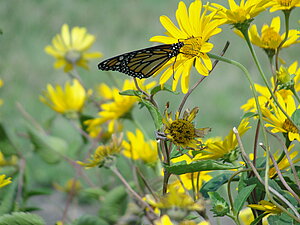
Diet is a significant influence on the longevity of many organisms, including insects. Diet may also impact mitochondrial structure and function, given that they oxidize nutrients to provide energy. Another important facet of health is the immune system, which typically declines with age and varies with diet. For example, honey bee larvae fed a pollen-restricted diet aged more quickly, showed decreased immune function, and displayed altered metabolism. To understand the interactive effects of nutrition on mitochondrial and immune function, we will use Megachile rotundata, the alfalfa leafcutter bee. We expect differences in mitochondrial and immune system structures (such as the fat body) among offspring reared on different provisions. We similarly expect differences in adult bees that are fed on nectar and pollen.
Project Lead: Dr. Kendra Greenlee and Dr. Meredith Johnson
Intraspecific Variation in Pollinator Plants
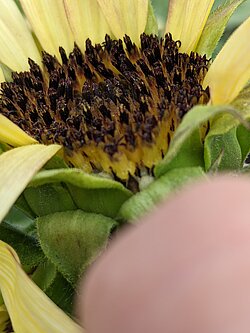
Substantial research has been directed to finding which plant species provide the most nectar and pollen or are most attractive to pollinators. However, wild and cultivated plants show heritable differences in floral rewards and appearance within species (= intraspecific variation). We are interested in whether intraspecific variation can explain pollinator preferences among genotypes and how that variation contributes to pollinator health and fitness.
Project Lead: Dr. Jarrad Prasifka
Optimizing Floral Resources for Pest Control
Understanding the Interplay Between Insect Pests and Natural Enemies in Urban and Agricultural Ecosystems
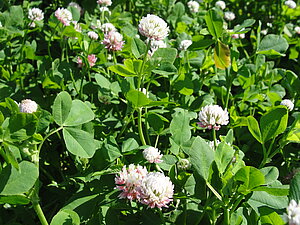
Floral resources can benefit many species of natural enemies (i.e. parasitoids and predatory insects) that provide pest control in urban and agricultural areas. However, insect pests are also found on non-crop plants and consume floral resources that can positively impact their development, longevity, and reproduction, and some herbivorous insects may use secondary compounds to chemically defend themselves or their offspring. Examining insect pest and natural enemy usage of floral resources can inform the selection of plant species used in pollinator plantings or the larger environment to optimize benefits and mitigate risks.
Project Lead: Dr. Deirdre Prischmann-Voldseth
Pollination Biology of the Western Prairie Fringed Orchid
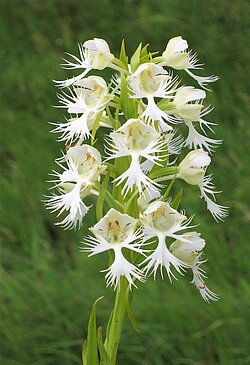
Understanding why species are rare requires an understanding of limitations on reproduction and recruitment to future generations. This project is intended to gain new insight into the pollination ecology of a threatened orchid species (Platanthera praeclara) native to the tallgrass prairie. Incorporation of eDNA techniques and field studies across the native range of this plant will be used to uncover crucial pollen networks to which the orchid belongs and ecological parameters that play a role in the conservation of this and other rare species.
Project lead: Dr. Steve Travers


